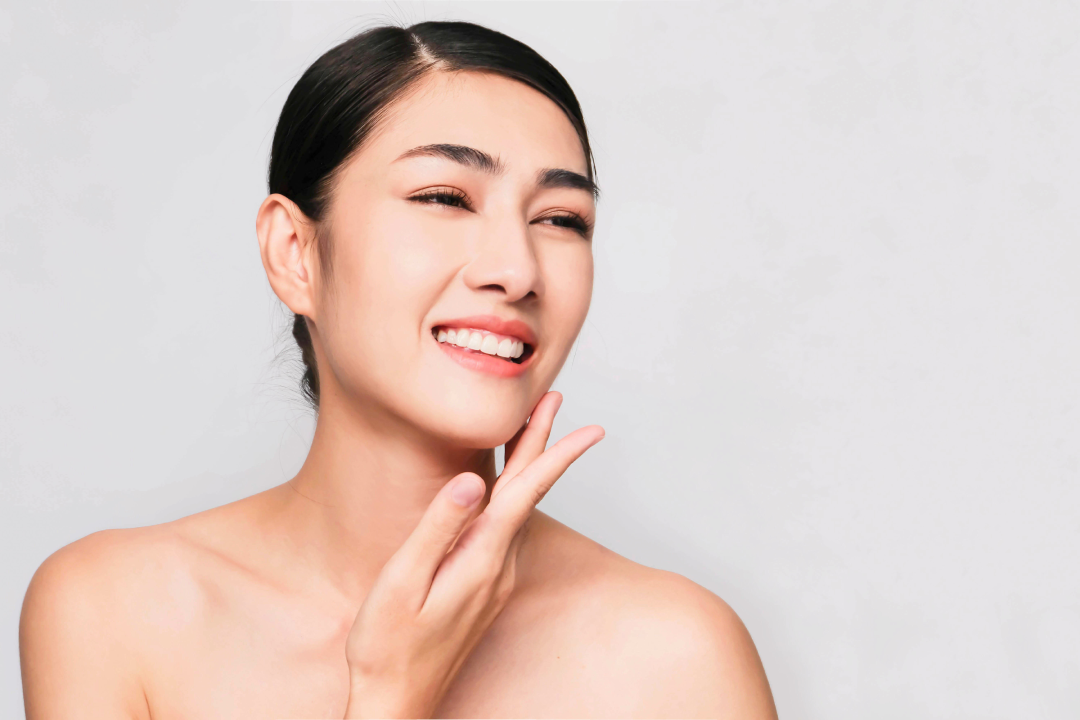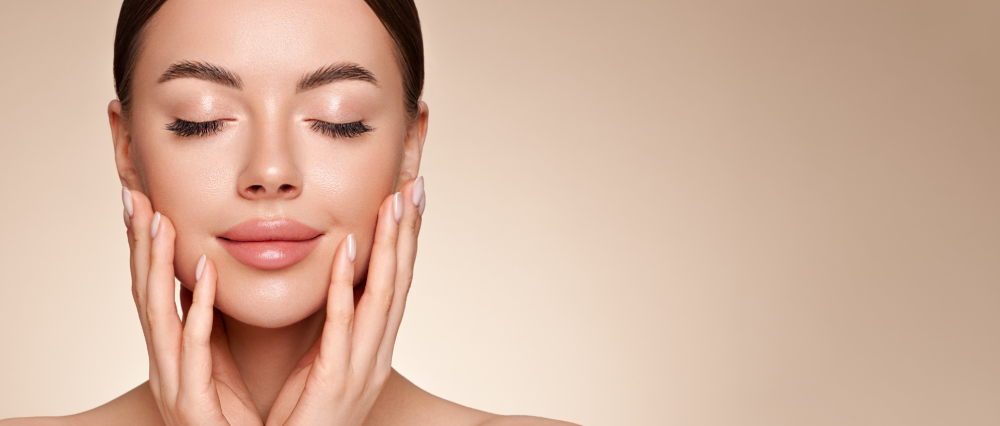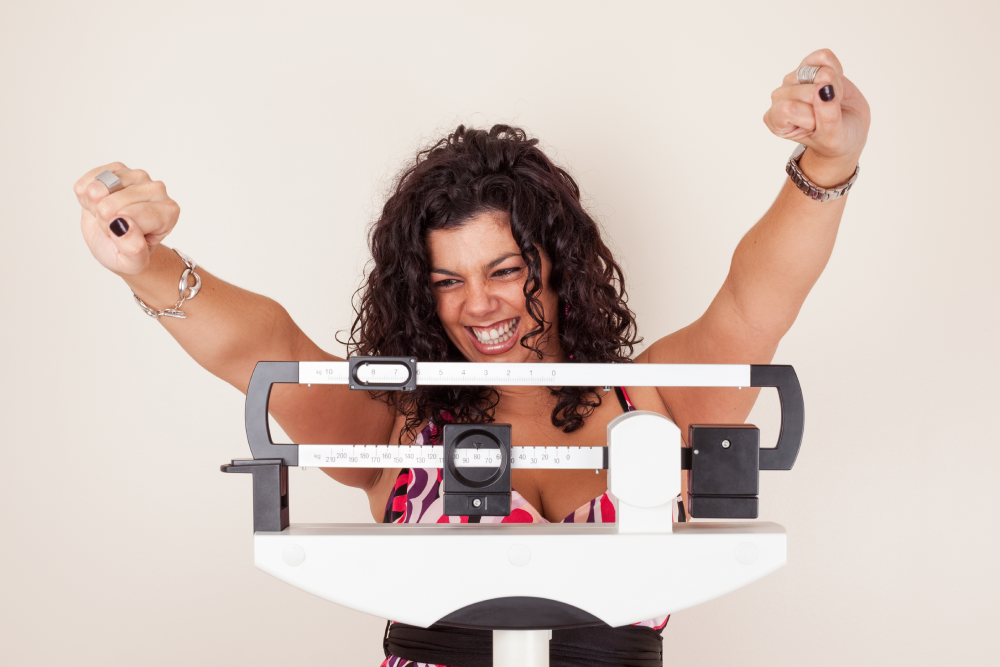Acne can feel like an unwelcome guest, overstaying its welcome and disrupting your confidence. From stubborn blackheads to inflamed breakouts, this common skin condition is not just a teenage problem—it can affect people of all ages.
While countless over-the-counter products promise quick fixes, they often fall short when it comes to tackling the root causes of acne. Enter the acne facial—a professional, targeted approach to clearing your skin. By combining a series of carefully curated steps, this treatment dives deep to unclog pores, calm inflammation, and rejuvenate your complexion.
If you are tired of waging war against breakouts, an acne facial might be your secret weapon. Continue reading to explore how each step in an acne facial timeline contributes to healthier, clearer skin.
What Is Acne?
Acne is a common skin condition that occurs when hair follicles become clogged with oil, dead skin cells, and bacteria. It can manifest in various forms, including:
- Blackheads. Open pores clogged with oil and debris.
- Whiteheads. Closed pores trapped under a thin layer of skin.
- Papules and Pustules. Inflamed, red bumps that may or may not contain pus.
- Cysts and Nodules. Deep, painful lesions often associated with severe acne.
Acne doesn’t discriminate—it affects teens, adults, and even children. While it is not life-threatening, acne can significantly impact self-esteem and emotional well-being.
What Causes Acne?
Acne is multifaceted, with several factors contributing to its development:
- Excess Oil Production. Sebaceous glands in the skin produce oil (sebum) to keep it moisturized. However, overactive glands can produce too much oil, leading to clogged pores and breakouts.
- Clogged Pores. When oil mixes with dead skin cells, it forms a sticky substance that blocks hair follicles. This blockage creates an environment where acne-causing bacteria can thrive.
- Bacteria Build-Up. The bacteria Propionibacterium acnes (or P. acnes) naturally resides on the skin, but when trapped in clogged pores, it multiplies, causing inflammation and infection.
- Hormonal Changes. Fluctuations in hormones, particularly androgens, stimulate oil production, making acne more likely during puberty, pregnancy, or menstrual cycles.
- Lifestyle Factors. Stress, diet, and skincare habits can also contribute to acne. High-glycemic foods, harsh products, or skipping cleansing routines can exacerbate breakouts.
While these factors can feel overwhelming, acne facials are designed to address these root causes, offering a professional solution to improve skin clarity.
What Is an Acne Facial?
An acne facial is a professional skincare treatment specifically tailored to combat breakouts and improve overall skin health. Unlike generic facials, this deep-cleansing process targets acne at its source, using specialized techniques and products to purify pores, calm inflammation, and promote healing.
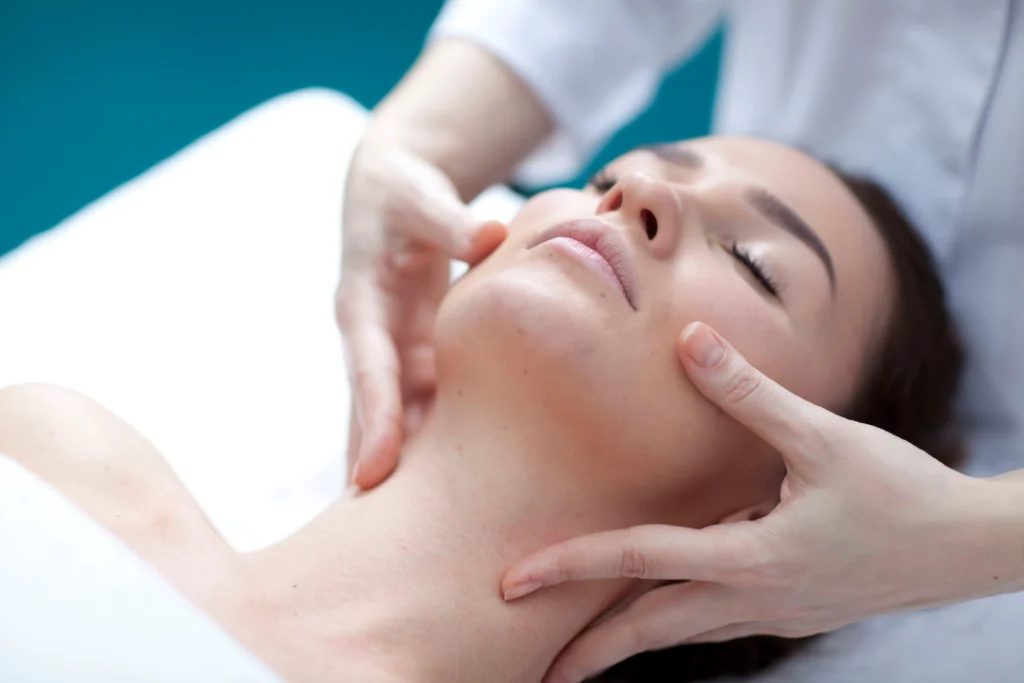
Your Acne Facial Timeline
An acne facial is more than just a one-time treatment—it is a carefully orchestrated process designed to target every aspect of acne and pave the way to clearer, healthier skin. Each step in the timeline plays a vital role, working together to cleanse, treat, and rejuvenate your complexion.
Let’s explore how each stage contributes to your skin’s transformation:
Step 1: Consultation and Skin Analysis
Every acne facial begins with a detailed consultation and skin assessment. This step allows the aesthetician to understand your skin type, concerns, and triggers for breakouts. Using tools like a magnifying lamp, they can evaluate the severity of acne, identify clogged pores, and pinpoint areas of inflammation or sensitivity.
- Why It Matters: This customized analysis ensures the treatment plan is tailored to your unique needs, maximizing the effectiveness of each step. It also helps identify external factors, like diet or stress, that may be contributing to your acne.
Step 2: Deep Cleansing Facial
Cleansing is the foundation of any successful acne treatment facial. This step removes surface-level impurities such as dirt, oil, makeup, and environmental pollutants. Using a gentle, anti-acne cleanser, your skin is prepped for the deeper work ahead.
- Why It Matters: A clean canvas makes sure that subsequent steps—like exfoliation and extraction—are more effective. It also reduces the risk of irritation or infection during the procedure.
Step 3: Exfoliation for Pore Purification
Exfoliation takes cleansing to the next level by removing dead skin cells that can clog pores and contribute to breakouts. Depending on your skin’s needs, the aesthetician may use physical exfoliants (like scrubs), chemical exfoliants (like salicylic acid or glycolic acid), or enzyme-based treatments to gently dissolve debris.
- Why It Matters: Exfoliation not only unclogs pores but also smooths skin texture, reduces dullness, and creates an optimal environment for acne-fighting ingredients to penetrate deeply.
Step 4: Steam Therapy
Steam is applied to the face to open up the pores and soften the skin. The gentle warmth helps loosen trapped debris within the pores, making the extraction process more efficient and less painful.
- Why It Matters: This step preps the skin for extractions by making it more pliable and reducing the risk of skin trauma. It’s also incredibly soothing and relaxing!
Step 5: Acne Extractions
Extractions are the highlight of any acne facial, targeting blackheads, whiteheads, and other impurities lodged deep in the pores. Using sterile tools and techniques, the aesthetician manually removes these blockages while minimizing the risk of scarring or spreading bacteria.
- Why It Matters: Clearing out clogged pores is essential for reducing the size and severity of current breakouts while preventing new ones from forming. Professional extractions are far safer and more effective than attempting them at home.
Step 6: Hydrojelly Mask
After extractions, a HydroJelly mask is applied to soothe the skin, replenish hydration, and address specific acne concerns. This innovative mask is made from a blend of algae, electrolytes, and other skin-loving ingredients designed to provide a cooling and calming effect. Depending on your skin’s needs, the HydroJelly mask may include:
- Electrolytes – To restore skin hydration and balance, improving moisture retention.
- Algae Extract – To nourish and soothe, reducing redness and irritation.
- Botanical Ingredients – Such as green tea, lavender, or chamomile, to promote healing and calm inflammation.
- Why It Matters: The HydroJelly mask provides more than just relaxation—it’s a targeted step to lock in moisture, reduce irritation, and leave your skin feeling refreshed, balanced, and visibly clearer. Its jelly-like texture ensures optimal skin contact, delivering nutrients deep into the pores for lasting benefits.
Step 7: LED Light Therapy (Optional)
Many acne facials incorporate advanced LED light therapy to further enhance results. Blue light targets acne-causing bacteria, while red light reduces inflammation and promotes healing.
- Why It Matters: This non-invasive technology tackles acne at the cellular level, improving skin health and accelerating recovery.
Step 8: Hydration and Moisturization
Even acne-prone skin needs hydration to maintain its health and resilience. A lightweight, non-comedogenic moisturizer is applied to restore the skin’s moisture barrier without clogging pores.
- Why It Matters: Proper hydration prevents the overproduction of oil (a common cause of breakouts) and ensures that the skin stays smooth and balanced.
Step 9: Sun Protection (Daytime Treatments)
If your acne facial takes place during the day, the final step includes applying a broad-spectrum sunscreen to protect your freshly treated skin from harmful UV rays.
- Why It Matters: Post-facial skin is more sensitive to sunlight, and UV exposure can worsen redness and lead to hyperpigmentation.
Step 10: Post-Treatment Advice and Skincare Recommendations
After your facial, the aesthetician will provide tailored advice for maintaining your results. This may include:
- Anti-acne products. Recommendations for cleansers, toners, or spot treatments with ingredients like salicylic acid or benzoyl peroxide.
- Lifestyle tips. Guidance on diet, hydration, and stress management to support clearer skin.
- Follow-up schedule. Suggestions for when to book your next treatment for ongoing improvement.
Why It Matters. Consistency is key to achieving and maintaining clear skin, and post-treatment care ensures you get the most out of your acne facial.
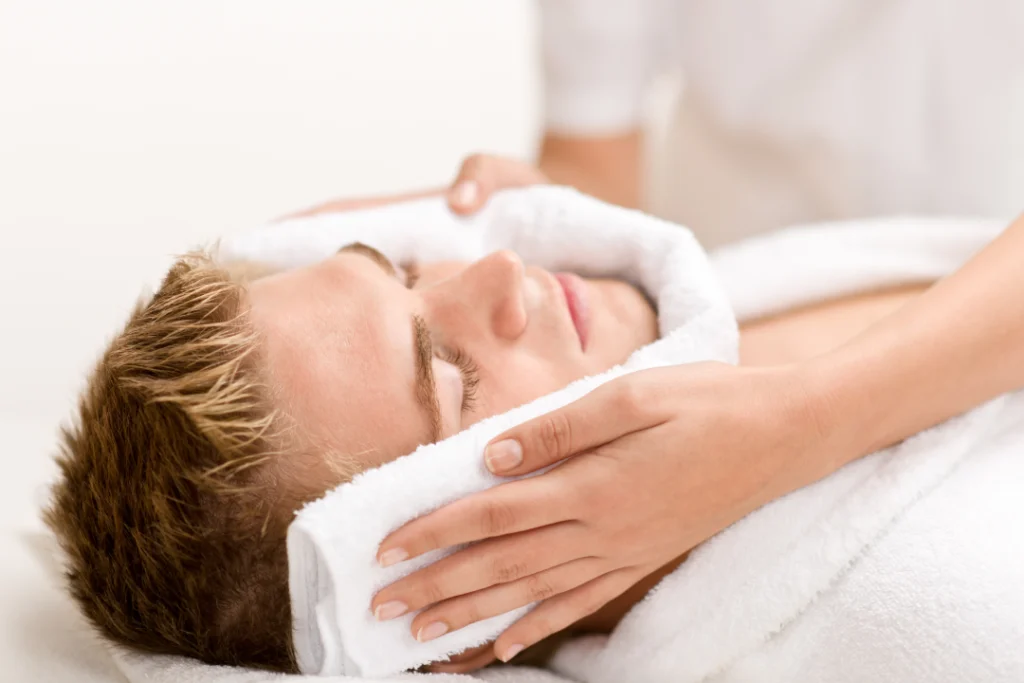
Transform Your Skin with Us!
At A Fine Line Aesthetics in St. Milford and Canton, MI, we specialize in professional acne facials that address breakouts at their root. Whether you are struggling with persistent acne or occasional flare-ups, our tailored treatments provide the deep cleansing, pore purification, and soothing care your skin needs.
This holiday season, treat yourself to the gift of clearer, more confident skin. Book your acne facial today and take the first step toward a brighter, healthier complexion!

